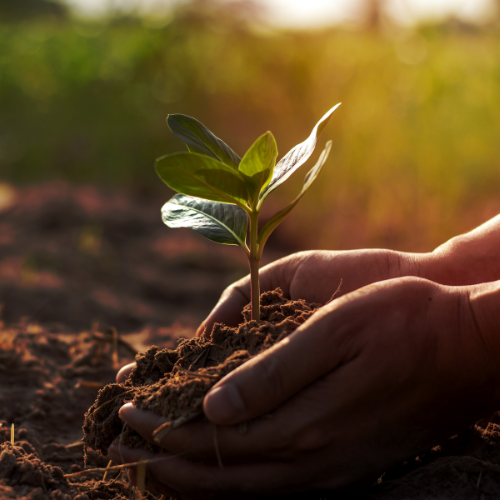
Our story in agriculture
AustGreen, formed after extensive research in 3 countries over 11 years, utilises high-quality silica minerals for agricultural and horticultural applications. With quarrying operations in Australia and manufacturing facilities in Victoria, our products are backed by rigorous testing and proven results. Our commitment to excellence ensures that farmers and growers have access to safe and effective organic fertilizer and soil conditioning solutions.
-

Our mission
AustGreen's mission is to address critical agricultural challenges through innovative soil amendment products, developed after extensive research in multiple countries. We are committed to reducing reliance on chemical fertilisers, enhancing soil health, and promoting sustainable farming practices to ensure long-term environmental and agricultural viability.
-

Core values
At AustGreen, we uphold integrity, sustainability, and excellence in all aspects of our operations. We prioritise environmental stewardship, leveraging high-quality natural resources to produce safe and effective products for farmers and growers worldwide. Our dedication to continuous improvement and collaboration drives us to deliver measurable results and lasting positive impacts in agriculture and horticulture.
-

Strategy
Our strategy focuses on leveraging large-scale natural resources to address agricultural needs, starting in Australia and expanding internationally. We prioritise partnerships with local experts and academic institutions to drive innovation and benefit farming communities. Through nurturing a diverse and skilled workforce, we aim to lead the transformation of farming practices towards sustainability.

Our breakthrough solution
AustGreen soil conditioner delivers significant benefits for agriculture and horticulture. It's competitively priced and proven to increase profits by enhancing yields, with extensive research trials showing potential for up to a 20% increase in yield in the first year and a 12% average increase in the second year. With over 4,000 trials worldwide demonstrating its efficacy, it boosts crop lodging resistance and improves soil condition, holding approximately 200% of its weight in water. Moreover, it reduces environmental pollution by decreasing chemical fertilizer decomposition and emissions, leading to a potential reduction of chemical fertilizer use by 50% -100%. With its high silica mineral content, it also contributes to reducing pests and diseases, supported by over 20,000 scientific papers.



